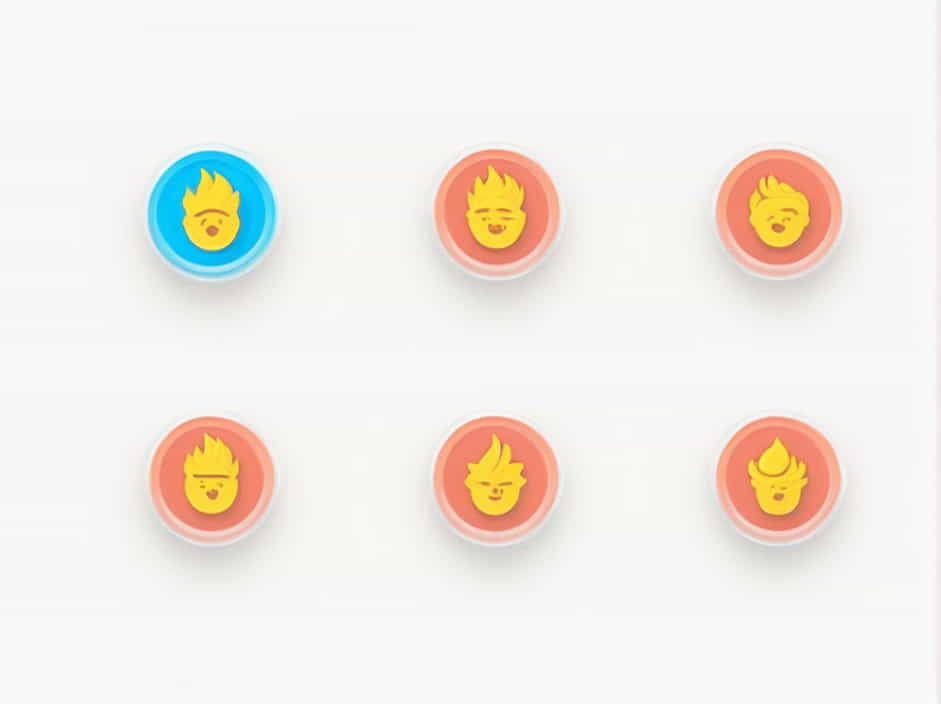Puberty is a significant stage in human development, marking the transition from childhood to adulthood. This period is characterized by various physical, emotional, and hormonal changes that shape an individual’s body and mind.
Among these changes, physical transformations are the most conspicuous and easily noticeable. These changes differ between boys and girls, yet both experience rapid growth, hormonal shifts, and emotional adjustments.
This topic explores the most prominent changes during puberty, helping you understand what to expect and how to manage this transformative phase.
What Is Puberty?
Puberty is the process in which a child’s body matures into an adult body capable of reproduction. It is triggered by hormonal changes that affect various bodily functions, growth, and emotions.
When Does Puberty Start?
- For girls: Puberty usually begins between 8 and 13 years old.
- For boys: Puberty typically starts between 9 and 14 years old.
- The timing varies from person to person due to genetics, nutrition, and overall health.
The pituitary gland, located in the brain, releases hormones that stimulate the reproductive organs, leading to noticeable changes.
The Most Conspicuous Change During Puberty
The most visible and striking change during puberty is physical development, particularly growth spurts and sexual maturation. These changes can be categorized into:
1. Growth Spurt: Rapid Increase in Height and Weight
- One of the first signs of puberty is a sudden growth spurt.
- Boys may grow 4 to 6 inches per year, while girls experience a faster but earlier growth phase.
- Increased muscle development in boys and body fat redistribution in girls.
2. Development of Secondary Sexual Characteristics
These are physical features that distinguish males from females but are not directly involved in reproduction.
A. Changes in Boys
- Voice Deepens: The voice box (larynx) grows, causing the voice to crack before settling into a deeper tone.
- Facial and Body Hair: Hair starts growing on the face, chest, arms, and legs.
- Increased Muscle Mass: Boys develop broader shoulders and a more muscular build.
- Enlargement of Genitals: The penis and testicles increase in size as they become functional.
- Nocturnal Emissions: Also known as “wet dreams,” boys may experience involuntary ejaculation during sleep.
B. Changes in Girls
- Breast Development: One of the earliest signs of puberty in girls is the growth of breast buds.
- Hips Widen: The body shape changes as the pelvis expands to prepare for potential childbearing in adulthood.
- First Menstrual Cycle (Menarche): Girls begin having periods, usually between ages 10-15.
- Body Hair Growth: Hair appears in the underarms and pubic area.
3. Skin and Hair Changes
- Increased Oil Production: The sebaceous glands become more active, leading to acne and oily skin.
- Sweat Glands Become More Active: This may result in stronger body odor, requiring better hygiene.
4. Emotional and Psychological Changes
Along with physical transformations, puberty also brings emotional and psychological challenges due to hormonal fluctuations.
- Mood Swings: Rapid emotional changes can cause irritability, sadness, or excitement.
- Increased Self-Consciousness: Teenagers often become more aware of their appearance and social status.
- Developing a Sense of Identity: Puberty is a time when personal values, interests, and independence begin to shape.
- Attraction to Others: Feelings of romantic and sexual interest may develop due to hormonal influences.
How to Manage Puberty Changes
Puberty can feel overwhelming, but understanding and managing these changes can make the transition smoother.
1. Maintain Good Hygiene
- Wash the face regularly to prevent acne.
- Use deodorant to manage body odor.
- Shower daily and wear clean clothes.
2. Eat a Healthy Diet
- Consume nutritious foods rich in vitamins, proteins, and minerals.
- Drink plenty of water to keep the skin and body hydrated.
- Avoid excessive junk food, which can worsen acne and weight gain.
3. Stay Active
- Engage in sports or physical activities to maintain fitness.
- Exercise helps in reducing stress and balancing mood swings.
4. Get Enough Sleep
- The body undergoes significant changes during puberty, requiring 8-10 hours of sleep each night.
- A proper sleep schedule supports physical growth and mental health.
5. Talk to Someone
- Parents, teachers, or healthcare professionals can provide guidance.
- Discussing concerns can reduce stress and anxiety related to puberty.
Common Puberty Concerns
1. Acne and Skin Problems
- Hormonal changes lead to increased oil production, causing acne.
- Washing the face and using skincare products can help.
2. Irregular Periods in Girls
- The first few menstrual cycles may be irregular, which is normal.
- If irregularities persist, consulting a doctor is recommended.
3. Growth Differences
- Some teens develop earlier or later than their peers.
- Growth rates vary, and catching up is common.
4. Emotional Stress and Anxiety
- Feelings of self-doubt, stress, or confusion are normal.
- Seeking support from family, friends, or counselors can help.
Puberty is a natural and essential phase of life, marked by dramatic physical, emotional, and hormonal changes. Among these, physical development—including growth spurts, changes in body shape, and sexual maturation—is the most conspicuous.
Although puberty comes with challenges, understanding the process can make it easier to manage. By maintaining good hygiene, eating well, exercising, and seeking support, teenagers can navigate this stage with confidence.
